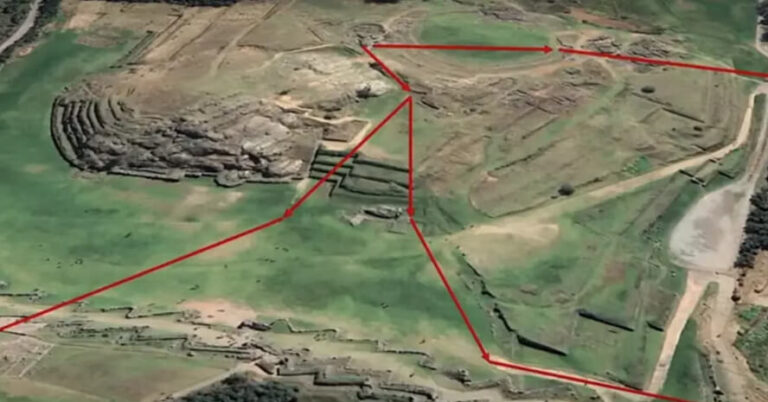A groundbreaking study of ancient stone tools from Southeast Asia is reshaping our understanding of early maritime technology. Archaeological evidence now suggests that as far back as 40,000 years ago, the people of the region were highly skilled in boatbuilding and open-sea fishing—placing them ahead of Europe and Africa in technological advancements during the Paleolithic era.
For years, researchers have debated how the scattered islands of Southeast Asia (ISEA) became inhabited so early in human history. The prevailing belief was that such long-distance migrations required seafaring capabilities far beyond what was thought possible at the time. However, new findings indicate that the ancient peoples of the Philippines, Indonesia, and Timor-Leste may have been pioneering sailors, mastering deep-sea navigation long before other civilizations.
Stone Tools Reveal Advanced Maritime Skills
Published in the Journal of Archaeological Science, a study by researchers from Ateneo de Manila University presents compelling evidence that challenges the long-held view that Paleolithic technological advancements were centered in Africa and Europe. The study focuses on stone tools excavated from multiple sites, revealing that these artifacts were used for processing plant fibers—likely for making ropes, nets, and bindings essential for boat construction and deep-sea fishing.
Since organic materials like wood and plant fibers rarely survive in the archaeological record, researchers have struggled to find direct evidence of prehistoric seafaring. However, these stone tools provide indirect but powerful proof of sophisticated maritime skills.
Adding to the evidence, excavations have uncovered fishing hooks, net weights, and remains of deep-sea fish like tuna and sharks, further supporting the idea of a well-developed seafaring culture.
“The presence of large pelagic fish remains at these sites indicates advanced seafaring capabilities,” the study authors noted. “This suggests a deep understanding of fish migration patterns and the need for strong, well-crafted cordage to support fishing techniques.”
Reevaluating Early Human Migration
The discovery directly challenges the widely held theory that early modern humans reached Southeast Asia by drifting passively on bamboo rafts. Instead, the researchers argue that these migrations were intentional and carried out by highly skilled navigators who built seaworthy vessels using advanced technology.
“The identification of boat-building materials through direct or indirect evidence is vital to understanding human movements across island environments,” the authors wrote. Their findings suggest that early Southeast Asian societies possessed not only the ability to build durable boats but also the expertise to navigate across vast oceanic distances.
A Legacy of Maritime Innovation
The researchers believe this technological ingenuity laid the groundwork for the thriving maritime traditions that still exist in the region today.
“The presence of such advanced maritime technology in prehistoric ISEA highlights the ingenuity of early Philippine peoples and their neighbors,” they stated in a release from Ateneo de Manila University. “Their boat-building knowledge likely made the region a hub for technological innovation tens of thousands of years ago.”
By pushing back the timeline of early seafaring, this study underscores Southeast Asia’s crucial role in shaping human migration and technological development—offering a new perspective on the capabilities of ancient civilizations.




